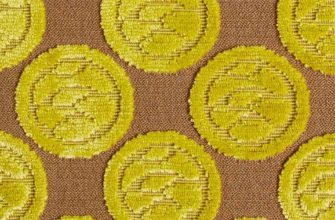Recently, the matting fabric has become increasingly used for upholstery of various furniture. A large selection of types, a color palette, and a desire for environmentally friendly materials have made this fabric popular among craftsmen. In addition, such upholstery is practical, wear-resistant, and holds its shape well.
- Story
- Composition and properties of the material
- Matting for furniture: pros and cons
- Criteria for choosing upholstery for sofas
- Velour or matting for a sofa: which is better
- Velours
- Tapestry
- Jacquard
- Chenille
- Flock
- What styles does burlap go with?
- Care instructions
- How to change old upholstery yourself
- Prices for upholstery fabrics for furniture
Story
The history of the material burlap comes from the plant burlap, from which peasants wove various things needed in the household. But back then it was rough.
In its more modern form, the fabric found a second wind thanks to Coco Chanel, the famous fashion designer. This fabric became known as "Chanel".
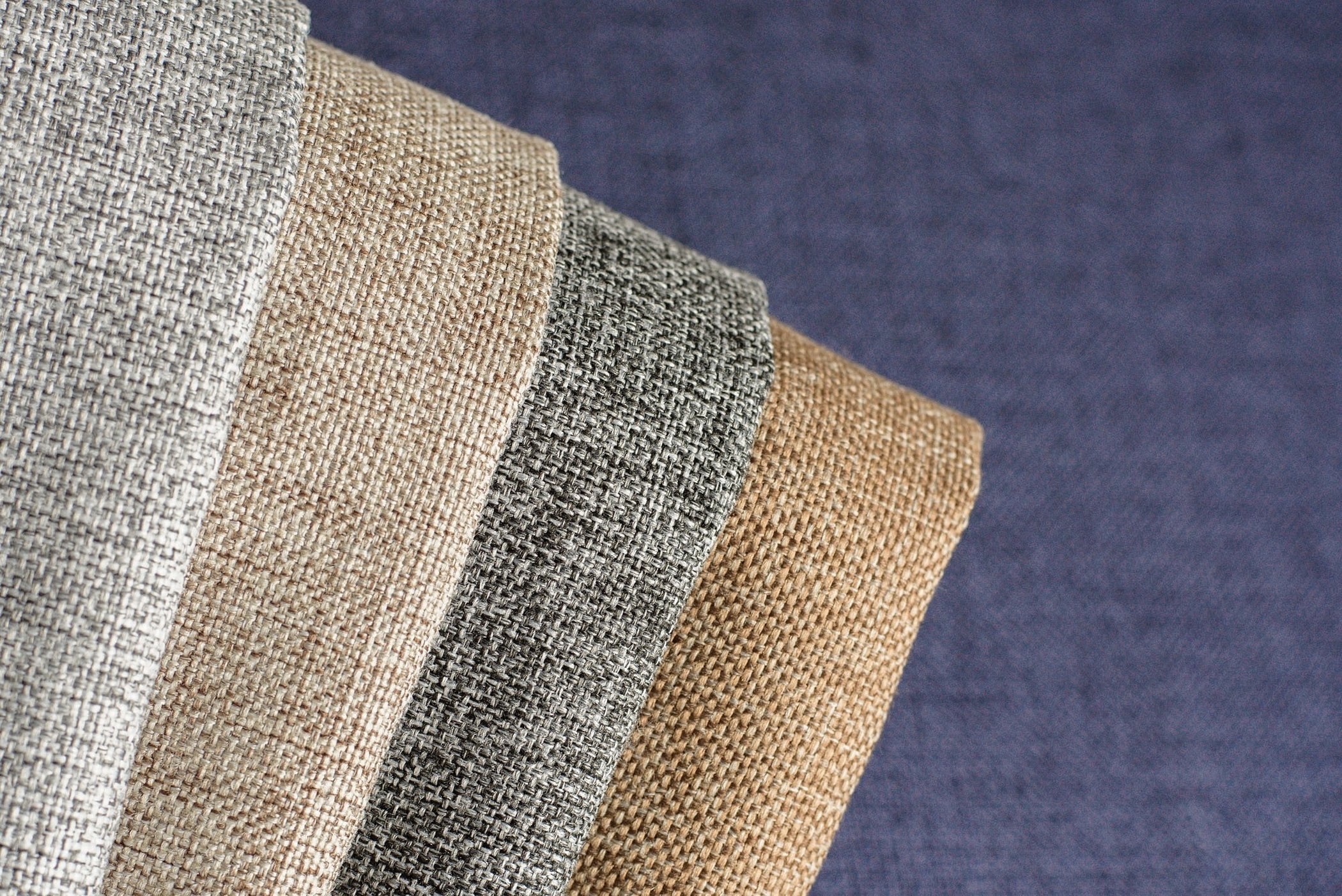
For your information! Coco Chanel, fascinated by everything Russian, came up with the idea of using burlap and matting in clothing, setting the direction for the development of fabric manufacturing technology.
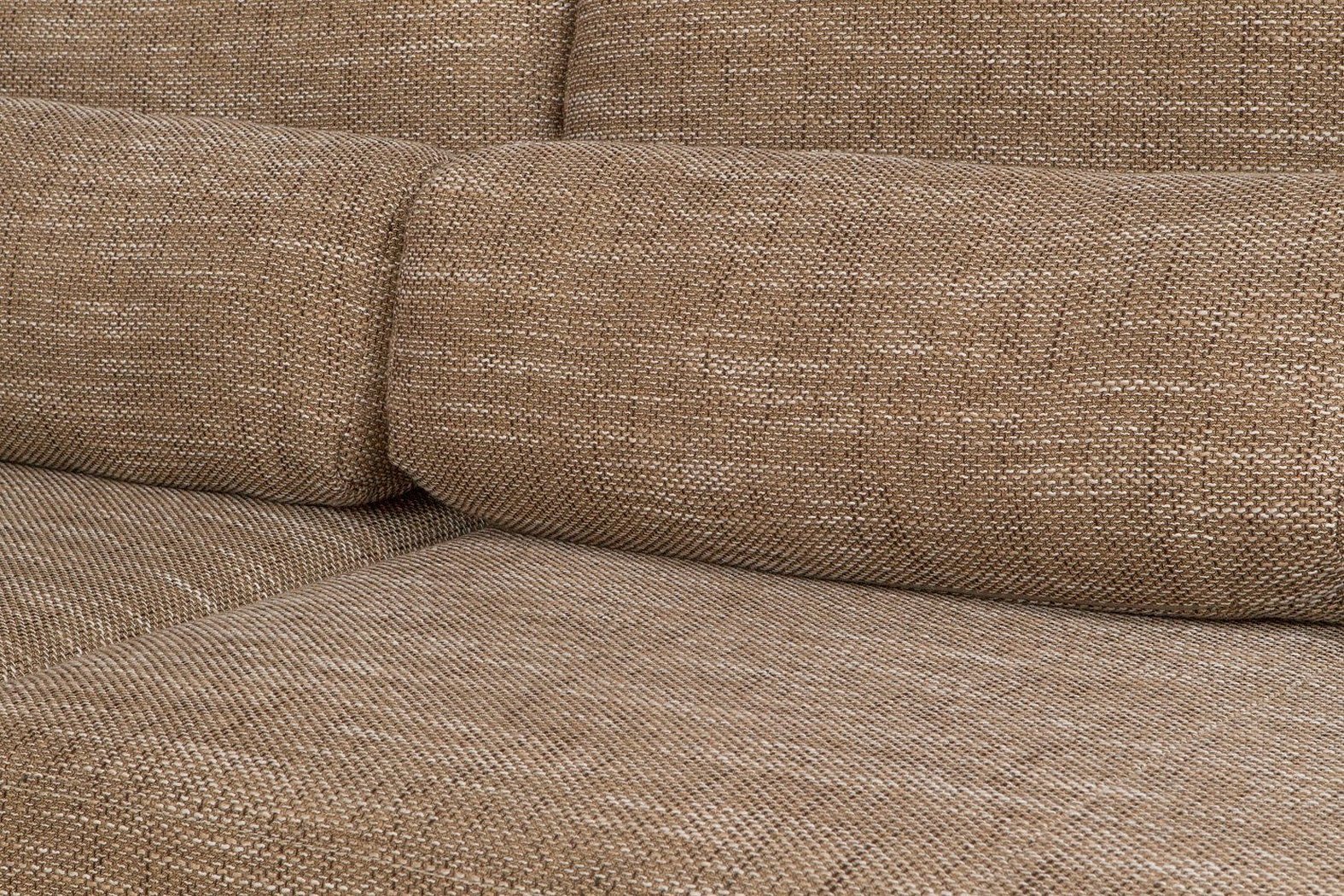
Composition and properties of the material
Rogozhka is characterized by a checkerboard pattern of threads. The threads are most often natural - flax, wool, cotton, silk, viscose. Synthetic additives - acrylic and polyester. Synthetic additives and twisting of threads have led to the fact that the fabric is very resistant to abrasion. It serves for a long time, does not change its shape and appearance.
One of the leading properties of the matting fabric is that it does not wrinkle or lose its shape, which is why it is actively used in the furniture industry for upholstery.
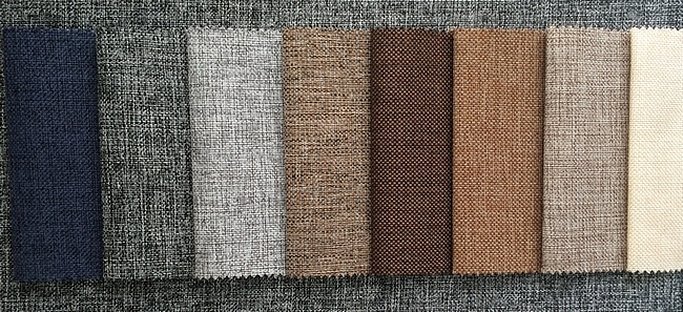
It is an eco-friendly material, does not cause allergies, is breathable and pleasant to the touch. In addition, it does not absorb odors, so it is actively used not only for furniture upholstery, but also for curtains and drapes, for blankets and bedspreads, for pillowcases, tablecloths, napkins and towels.
In clothing, matting is also actively used due to its ability to hold its shape.
The material is differentiated by density. There are lower ones - for clothes, home textiles, and there are denser types - for curtains, furniture, bags and backpacks.
Matting for furniture: pros and cons
The advantages of the matting fabric for furniture (sofas, armchairs) are obvious: it lasts a long time, does not wrinkle, does not wear out, does not change shape, is environmentally friendly and hypoallergenic. In addition, in furniture production it is also valued for the fact that it allows air to pass through, so it is not hot to sit on sofas upholstered with this fabric in the heat.
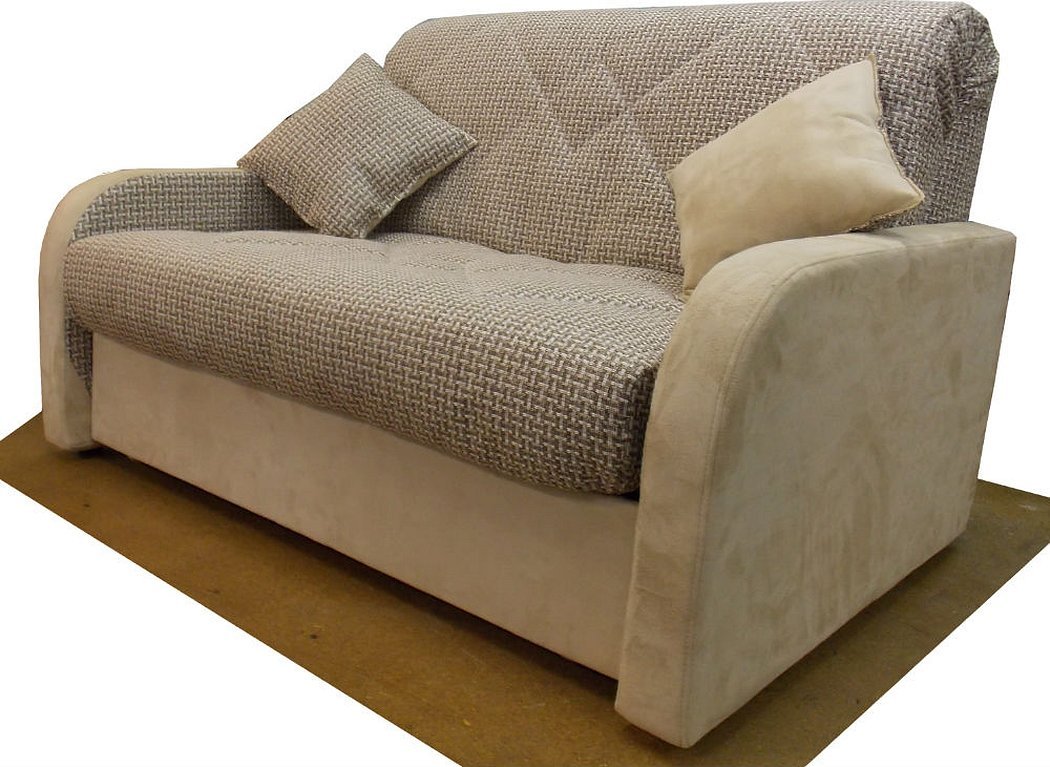
Rogozhka is a universal material that goes well with other types, including pile. It looks stylish in combination with leather, leatherette, wood, metal.
Please note! The downside may be that animals love it. The fabric of the burlap sofa is good in all respects, except for the habit of some animals to sharpen their claws on the furniture. However, modern manufacturers have partially solved this problem by adding a special adhesive lining to the fabric.
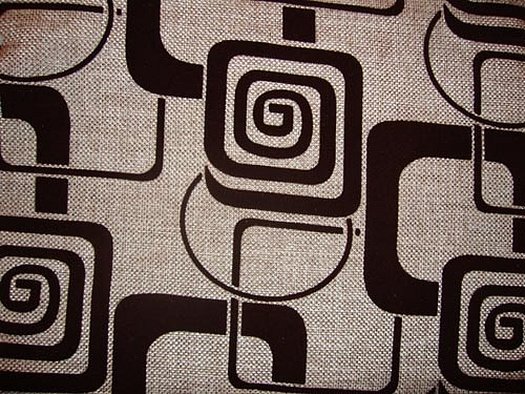
Another disadvantage is that the material easily crumbles. If you use it for sewing, you need to leave a large seam allowance so that you can process the edges of the parts.
Criteria for choosing upholstery for sofas
When choosing upholstery material, you should pay attention to the density of the material:
- The higher the density, the higher the quality.
- The use of synthetic threads increases wear resistance.
- If an eco-friendly fabric is required, the composition of synthetics and natural fabrics should be approximately 1:3.
- For the Provence style in the interior, soft pastel colors are suitable, for the loft style it is better to choose a rougher texture and a darker color.
- Due to its resistance to abrasion, it can be used as upholstery for sofas in public places.
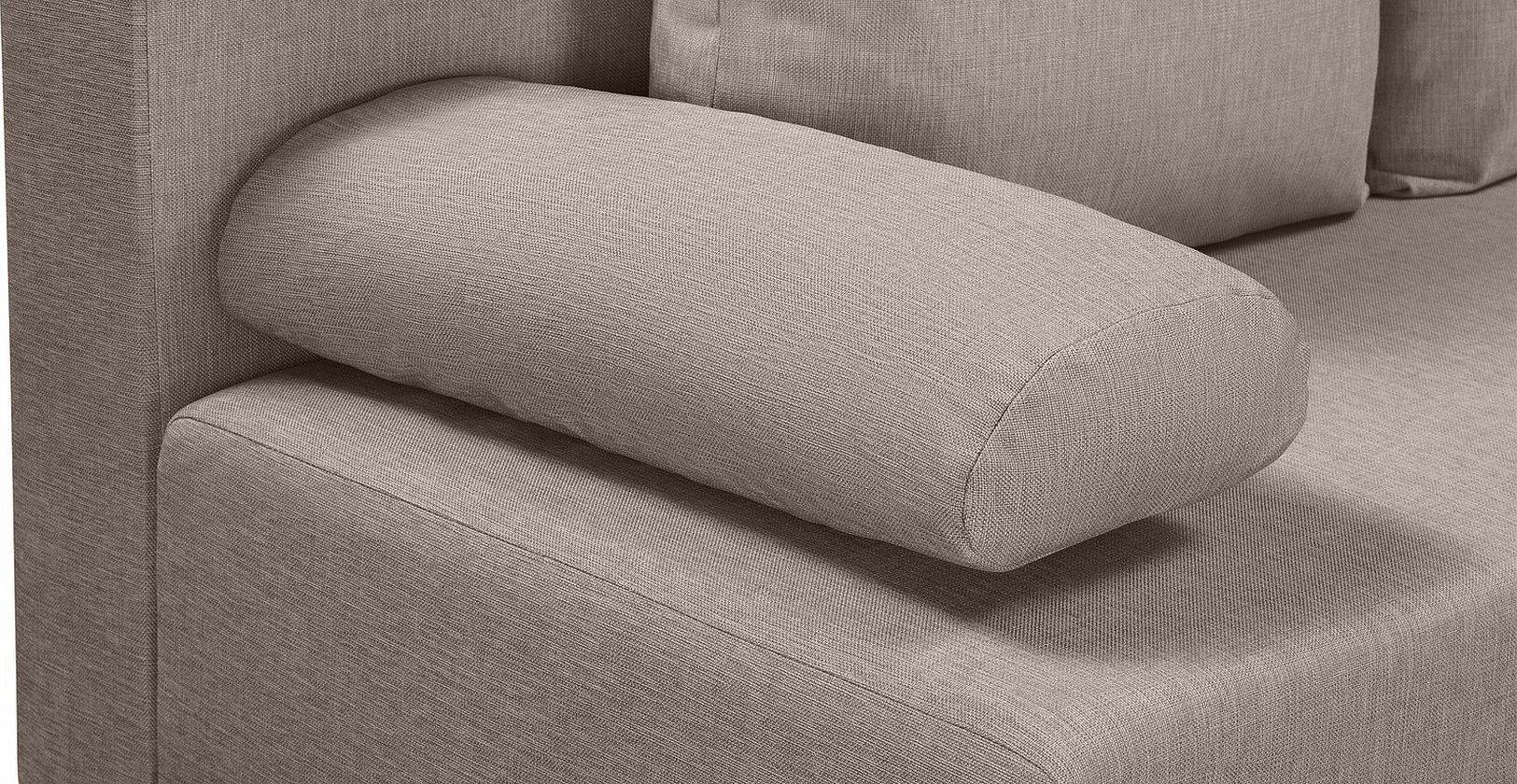
Velour or matting for a sofa: which is better
In addition to matting, other dense fabrics such as velour, jacquard, tapestry, chenille, and flock are also used for furniture upholstery.
Velours
This is a material with a velvet surface. Soft, does not stretch, breathable. Looks good and is pleasant to the touch, but requires constant care, as it attracts dust. There is a tendency to abrasion, which means that the sofa upholstery will not last long. Velour or matting - what is better for a sofa, everyone decides for themselves, based on many factors, such as practicality and price.

Important! A velour sofa would be an ideal option for a child’s room.
Tapestry
Of all the furniture materials, tapestry is the most durable. It is wear-resistant, gives the furniture a vintage look, and is characterized by a variety of patterns. There is one significant drawback - it fades when exposed to sunlight, so such furniture cannot be placed near a window.
Jacquard
Jacquard is a patterned material. Its advantages include long service life, durability, and aesthetics. The fabric does not fade. But cats' claws are also dangerous for this fabric. In addition, jacquard has a slippery surface, which is not pleasant for everyone. Water leaves traces on jacquard, so it should be cleaned dry.
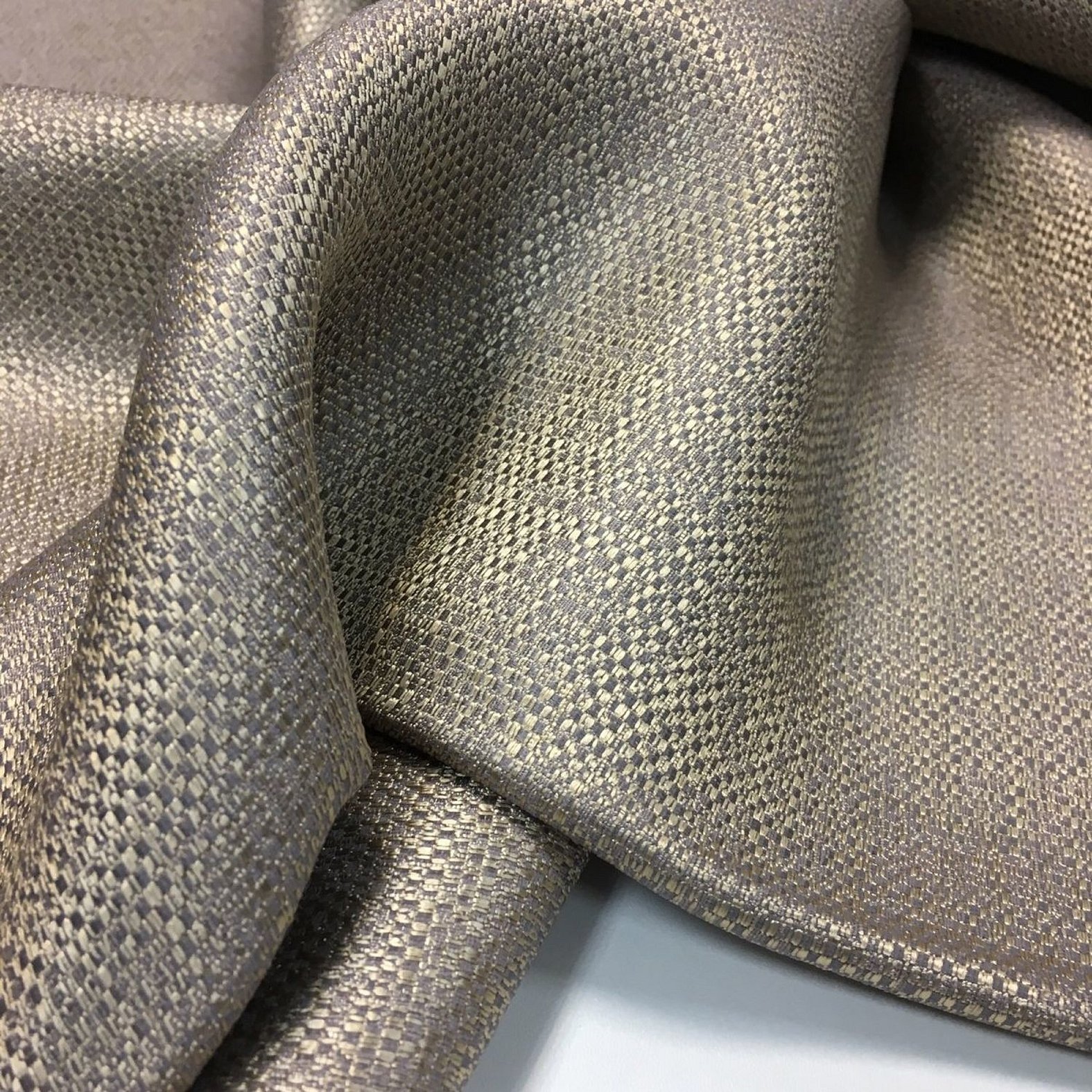
Chenille
Chenille is a beautiful and expensive material. It retains its color and shape well and does not absorb odors. It is a soft and durable material, but it is not resistant to animal claws. Due to its high cost, it is not in great demand.
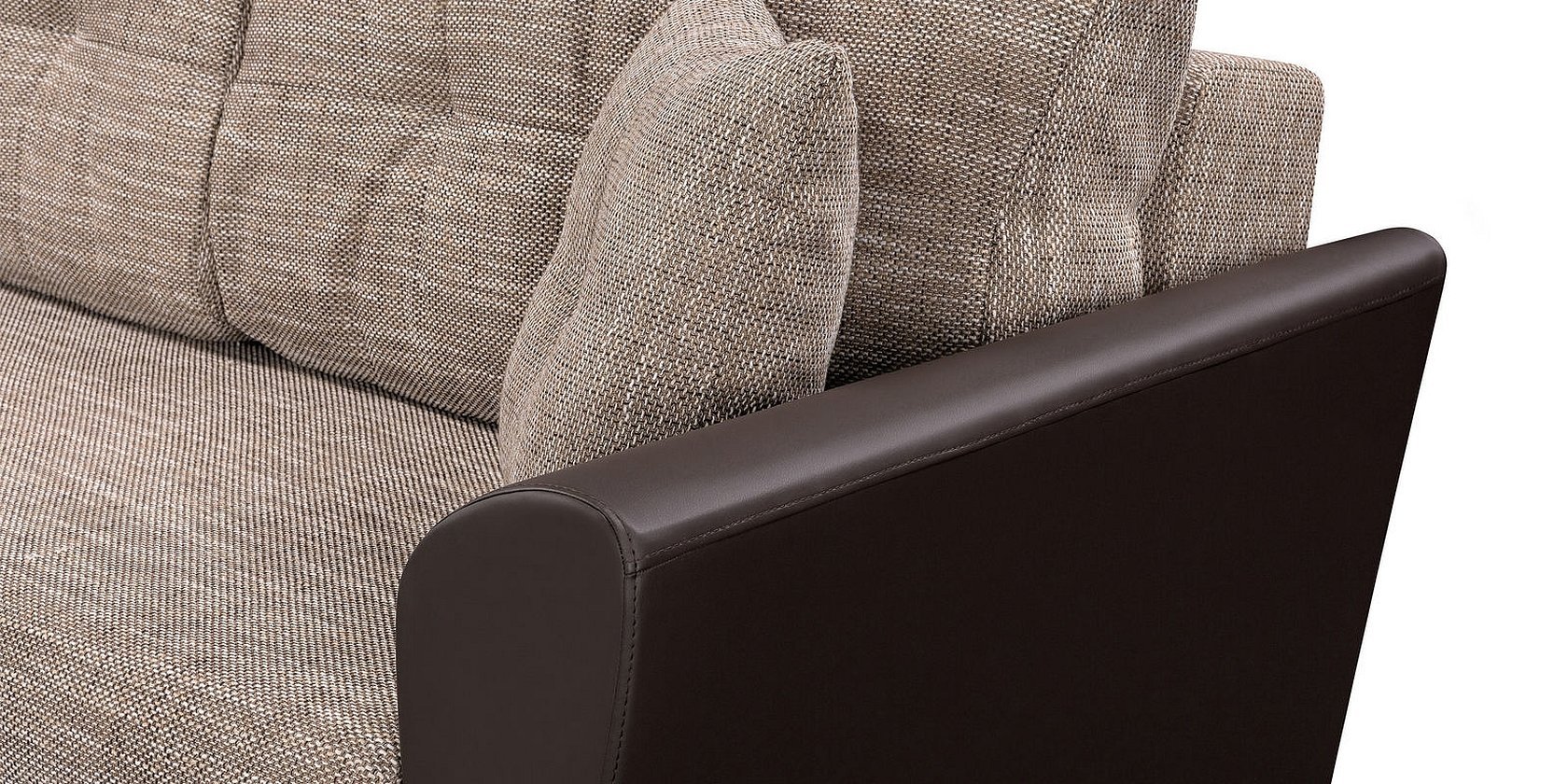
Flock
Flock is the most popular upholstery material, which has a velvety structure. It has proven itself to be easy to care for, and is used for furniture in children's rooms, living rooms, and bedrooms. The disadvantage is that it absorbs odors, which means that it is better not to use furniture with flock upholstery in the kitchen or in a cafe.
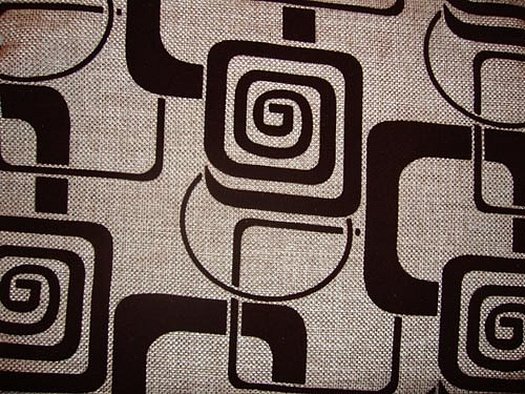
What styles does burlap go with?
Rogozhka is a universal material. It can be combined with wood, leather and metal. Therefore, it can be used in different interior styles, with the exception of palace and lush.
In modern interiors, matting looks good in high-tech, Provence, Russian, Norwegian, loft, marine, classic, English styles, as well as fantasy or eclectic ones.
Care instructions
In care, it is recommended to use the following tricks:

- Curtains and upholstery fabric made of burlap can be cleaned with a vacuum cleaner or a soft clothes brush.
- If the fabric is dirty, spray it with a spray bottle and clean it with a sponge and soapy water.
- If the stain is difficult to remove, it is better to use folk remedies for removing grease or glue stains.
- Rogozhka is sensitive to chlorine, as the fabric changes color. The same applies to aggressive detergents.
- For washing removable textiles made from burlap, choose a delicate wash.
- A steam generator is very effective for cleaning sofas made of this material.
How to change old upholstery yourself
You can change the upholstery on your furniture yourself if you have experience in re-upholstering furniture.
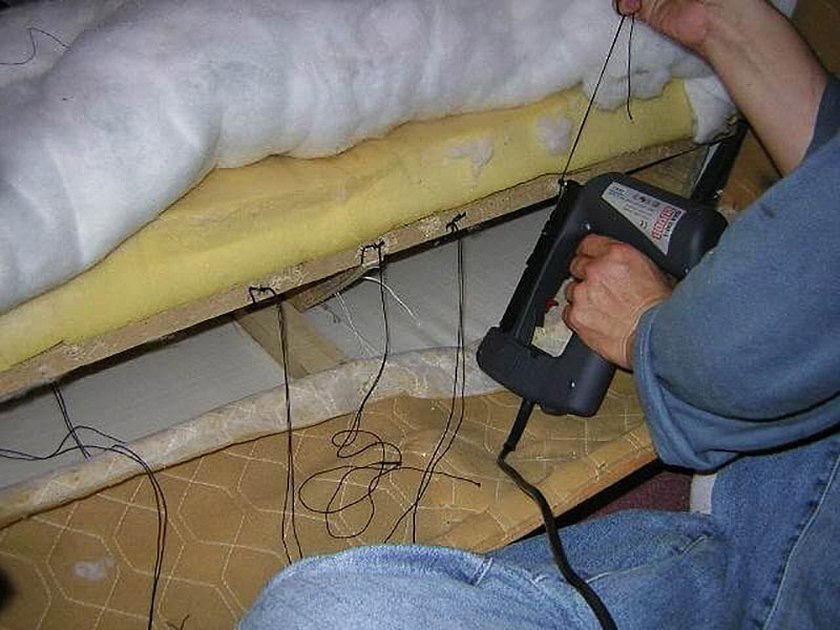
Beforehand, it is worth carefully measuring all the parameters of the furniture, and adding about half a meter of fabric just in case. It is worth attaching new upholstery either to well-cleaned old upholstery, or removing the old one and re-upholstering the furniture.
To reupholster, you will need a furniture gun and the appropriate staples, as well as glue, preferably universal, such as Moment Crystal or Titan, scissors, a needle and thread, or a sewing machine.
Prices for upholstery fabrics for furniture
The cost depends on the density, composition, and design of the fabric itself. In general, prices range from 250 rubles per 1 m² and up.
According to customer reviews, the matting is practical in everyday life, it is easy to clean, and furniture made from this material looks good and pleases the eyes of its owners for a long time.



